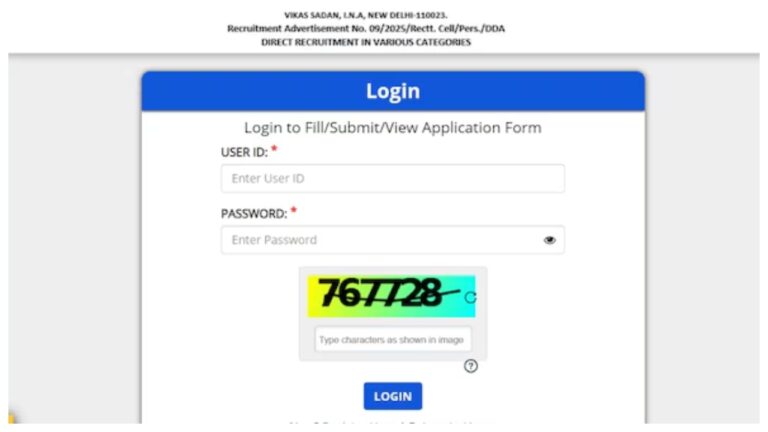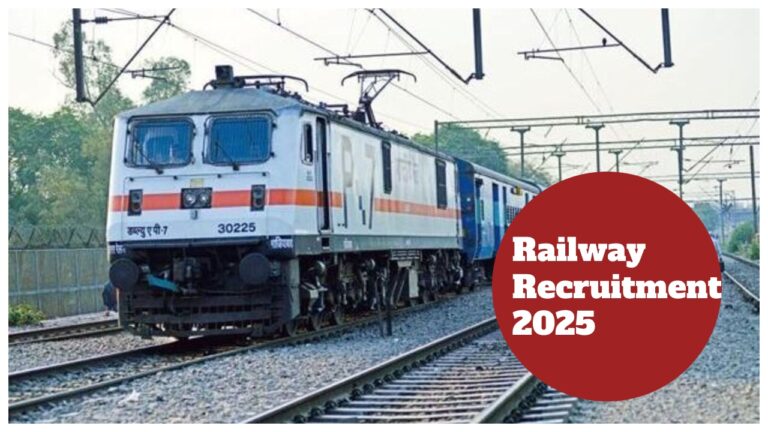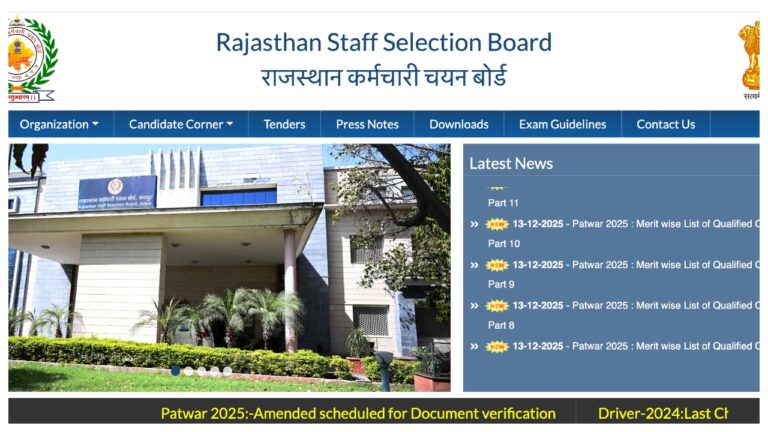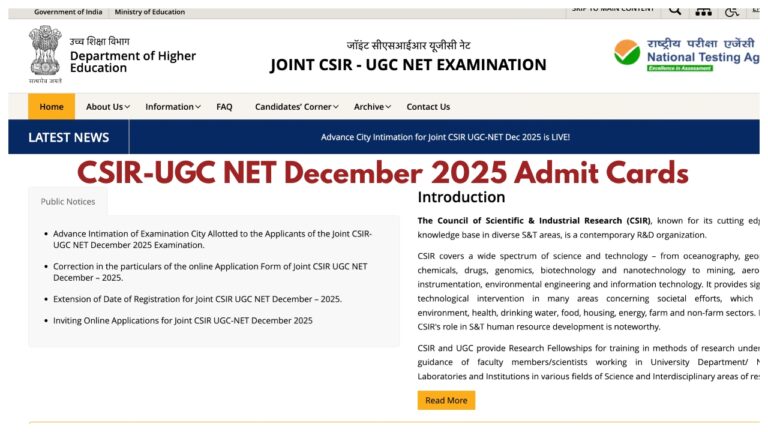8th Pay Commission– Another big and explosive news is coming out about the 8th Pay Commission for central employees. Not only the increase in salary and pension, but this time a revolutionary change can be seen in the entire structure of your pay level. Yes, such a suggestion has been given to the government which, if implemented, can prove to be a ‘game changer’ for employees from level-1 to level-6. The proposal is to merge these 6 levels and make only 3 levels.
This simply means that there can be a tremendous jump in your basic salary and opportunities for career advancement (promotion) can also be found faster. So let’s know the whole concept of level merger and explain how it will happen and what effect it will have on your pocket.
8th Pay Commission: Why is it so special and when will it be implemented?
The Pay Commission, constituted every 10 years for central government employees and pensioners, recommends revision of their salary, allowances and pension. The formation of the 8th Pay Commission was approved by the Union Cabinet on 16 January 2025, and it is expected that its recommendations will be implemented from 1 January 2026. More than 50 lakh central government employees and about 65 lakh pensioners are expected to directly benefit from this pay commission.
Usually the Pay Commission focuses on issues like fitment factor (which determines the basic salary) and minimum wage. For example, in the 7th Pay Commission, the minimum basic salary increased from Rs 7,000 to Rs 18,000 with a fitment factor of 2.57. In the 8th Pay Commission too, a good increase in salary is expected on the basis of fitment factor (possibly 1.92 or more), due to which the basic salary of a level-1 employee can increase from Rs 18,000 to about Rs 34,560. But this time another big change is in discussion – merger of pay-levels.
According to the proposal, the initial 6 levels of the existing pay matrix can be reduced to 3 levels. This merger can happen in this way.
New Level A (proposed):
It will be created by merging the existing Level-1 and Level-2.
New Level B (proposed):
It will be created by merging the existing Level-3 and Level-4.
New Level C (proposed):
It will be created by merging the existing Level-5 and Level-6.
What will be the benefit to the employees from level merger?
If the proposal of level merger is approved, then it can have many positive effects, especially for those employees who are currently on lower pay scales.
1. Big jump in basic salary
When two levels are merged, the starting basic pay of the new merged level is usually set at par with or slightly higher than the higher of the two levels.
Example: Currently, the monthly basic salary of a Level-1 employee is ₹18,000, and that of a Level-2 employee is ₹19,900. If a ‘new Level A’ is created by merging Level-1 and Level-2, the starting basic pay of this ‘new Level A’ can be ₹19,900 or even more (e.g. ₹21,700 which was the starting pay of Level-3 in 7th CPC, or a new figure). This simply means that the existing Level-1 employee will get a good one-time increase in his basic salary.
Similarly, the ‘new Level B’, formed by the merger of Level-3 (₹21,700) and Level-4 (₹25,500), will also have a higher starting pay, benefiting Level-3 employees.
And in the ‘new Level C’ that will be formed by the merger of Level 5 (₹29,200) and Level 6 (₹35,400), the basic pay of Level 5 employees will also increase.
2. Faster promotions and better career growth
Due to reduction in the number of levels, the process of reaching the next level can be faster for the employees. Currently, an employee has to cross many small levels, but after the merger, there will be fewer but bigger levels.
1. Waiting for promotion will be less:
The distance between two levels can be covered by a single promotion.
2. More responsibilities and higher positions:
The employee may get more responsibility at the merged level, which will improve his career profile.
3. The pace of wage growth will accelerate:
The salary increase that comes with each promotion can also be more significant.
Reduction in pay anomalies
Sometimes there are slight discrepancies in salaries between different but close levels. Mergers can help eliminate these discrepancies and create a more logical and streamlined salary structure.










